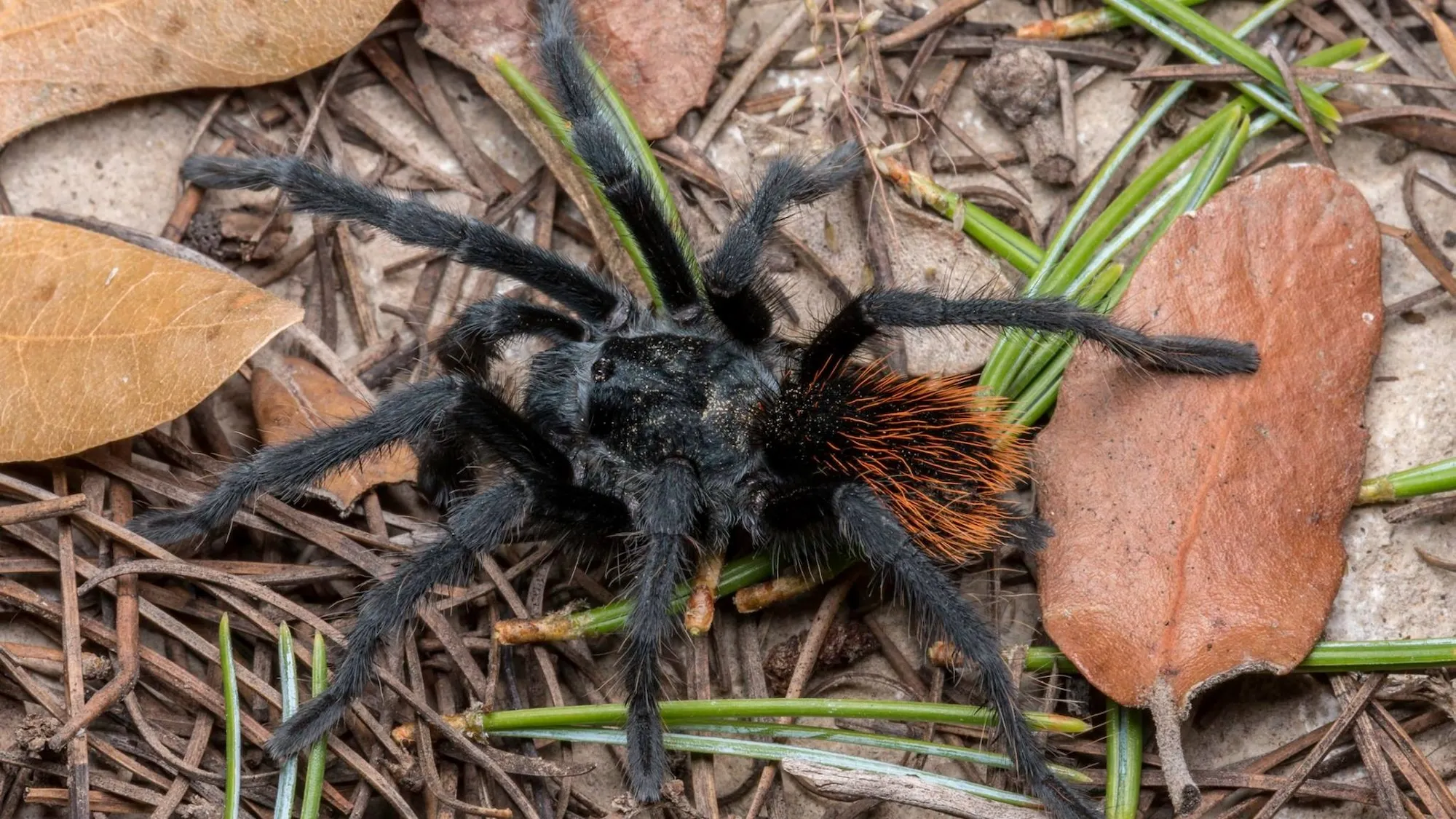Understanding the Junodi Tarantula
The Junodi tarantula, scientifically known as Ceratogyrus marshalli, is a fascinating species gaining popularity among arachnid enthusiasts. Native to Southern Africa, this spider offers a unique appeal to those looking for an intriguing pet. This comprehensive care guide will provide you with all the necessary information to understand, care for, and enjoy your Junodi tarantula, ensuring its health and longevity. From setting up its habitat to understanding its behavior, we’ll cover everything you need to know.
Junodi Tarantula Overview
Junodi tarantulas belong to the Ceratogyrus genus, known for their distinctive horn-like protuberance on their carapace. They are terrestrial spiders, meaning they primarily live on the ground, and they are known for their relatively fast growth rate. These tarantulas are not usually aggressive, but they can be defensive if they feel threatened. They are a rewarding species to keep, providing a glimpse into the fascinating world of arachnids. Understanding their basic needs and behaviors is the first step in providing them with a comfortable and enriching environment.
Appearance and Characteristics
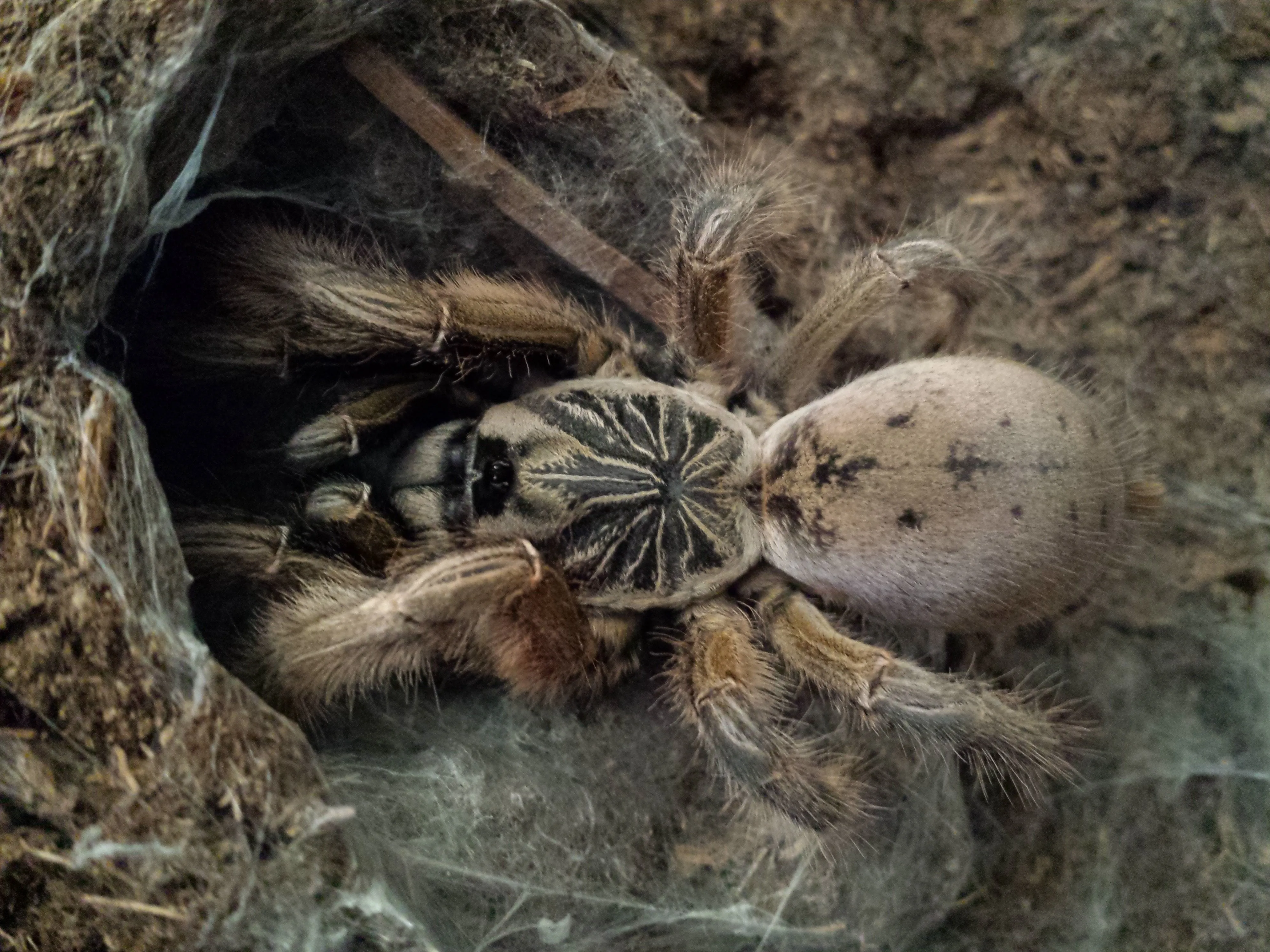
The Junodi tarantula boasts a striking appearance. They have a robust body and are typically dark brown to black in color, which provides excellent camouflage in their natural habitat. The most distinctive feature is the horn-like structure on their carapace, which differentiates them from other tarantula species. They possess strong legs covered in fine hairs, which help them climb and navigate their surroundings. As they mature, the males and females often develop subtle differences in coloration and size, which can be useful in determining their sex. These spiders also have large fangs they use to capture and consume their prey.
Choosing Your Junodi Tarantula
Selecting a healthy Junodi tarantula is crucial to its long-term well-being. When choosing your spider, consider factors like its size, activity level, and overall appearance. A healthy tarantula should have a plump abdomen, indicating it’s well-fed, and should exhibit an active behavior, exploring its enclosure. Always observe the spider’s movements to ensure it isn’t sluggish or showing signs of illness. A reputable breeder or pet store will provide healthy specimens and answer any questions about their care.
Where to Buy a Junodi Tarantula
Junodi tarantulas can be found at specialty pet stores, reptile expos, and through reputable breeders. It’s essential to research potential sellers to ensure they have a good reputation and prioritize the health and well-being of their animals. Purchasing from a breeder can offer the advantage of knowing the spider’s history and lineage, which can be valuable information. Online marketplaces also offer Junodi tarantulas, but always verify the seller’s credentials and ensure they can provide safe shipping practices.
Things to Consider Before Buying
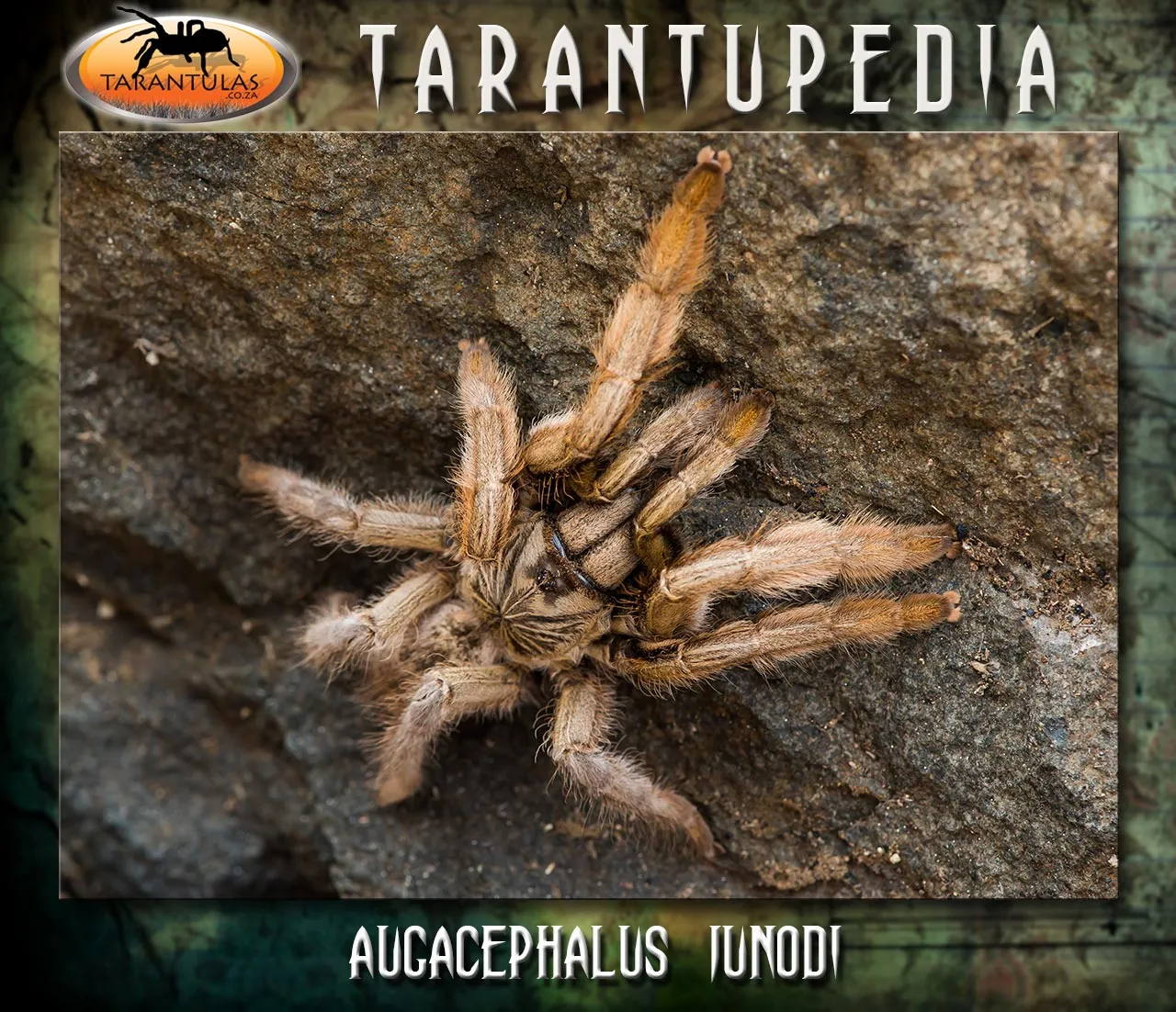
Before acquiring a Junodi tarantula, you should prepare their enclosure and research their specific care requirements. Consider the long-term commitment involved in owning a tarantula, as they can live for several years. Ensure you have the appropriate setup, including a suitable enclosure, substrate, and necessary supplies. Make sure you have enough time to properly care for the spider, including feeding, providing water, and maintaining the enclosure. It is crucial to understand the responsibilities that come with owning an exotic pet before purchasing.
Setting Up Your Junodi Tarantula’s Enclosure
Creating the right environment is critical to the health and happiness of your Junodi tarantula. The enclosure should mimic their natural habitat to provide them with a secure and stimulating environment. Consider the size of the spider when choosing an enclosure, and be mindful of providing adequate space for them to move around. Correct temperature, humidity, and substrate are essential for their survival and well-being.
Enclosure Size and Type
The enclosure should be appropriately sized for your Junodi tarantula. A good rule of thumb is to provide an enclosure that is at least three times the spider’s leg span in width and length. A 10-gallon tank or a similar-sized plastic container is often suitable for juveniles, while larger adults may require a 20-gallon tank or larger. The enclosure should be well-ventilated, secure, and easy to clean. Make sure the lid is secure to prevent escapes.
Substrate and Furnishings

The substrate should be deep enough for the tarantula to burrow if it chooses to do so. A mixture of coconut fiber, peat moss, and vermiculite is an excellent choice, as it retains humidity and allows for burrowing. Provide hiding places such as cork bark, artificial plants, or other decorations to give the tarantula a sense of security. Ensure the enclosure is free from any potential hazards such as sharp objects or materials that could be toxic if ingested.
Temperature and Humidity
Junodi tarantulas thrive in a temperature range of 75-85°F (24-29°C). You can use a heat mat placed on the side or bottom of the enclosure to maintain the appropriate temperature. Regularly monitor the temperature using a thermometer. Maintain a humidity level of 60-70% using a hygrometer. Misting the enclosure lightly with water a few times a week or providing a shallow water dish can help maintain the correct humidity level. Avoid creating a consistently damp environment to prevent mold growth.
Feeding Your Junodi Tarantula
Proper feeding is vital for your Junodi tarantula’s health and growth. Providing a balanced diet will ensure they get all the necessary nutrients. The type and frequency of feeding will vary depending on the tarantula’s age and size. It is essential to understand what they eat and how often to feed them.
What to Feed Junodi Tarantulas
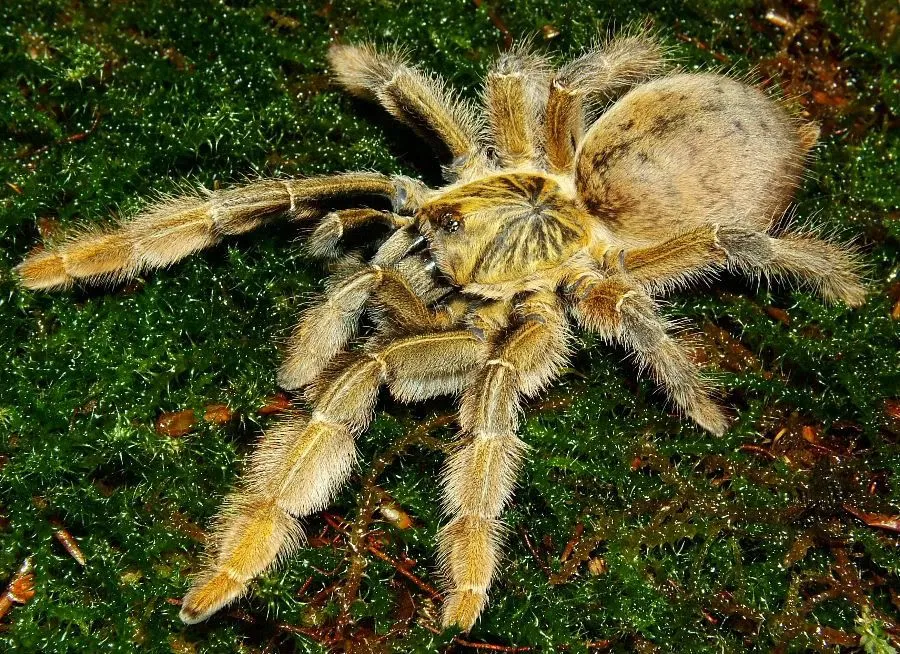
The Junodi tarantula primarily feeds on insects. Suitable food items include crickets, mealworms, dubia roaches, and other commercially available insects. Always ensure the insects are gut-loaded with nutritious food before feeding them to your tarantula. Avoid feeding wild-caught insects, as they might carry parasites or pesticides that can harm your spider. Remove any uneaten food within 24 hours to prevent the growth of mold and bacteria.
Feeding Frequency
Juvenile tarantulas should be fed more frequently than adults, typically 2-3 times per week. Adult tarantulas can be fed once or twice a week, depending on their size and appetite. Always observe your tarantula to determine if it is eating and adjust the feeding schedule accordingly. Be careful not to overfeed, as this can lead to health problems. A tarantula that is about to molt will often refuse food.
Water and Hydration
Provide your Junodi tarantula with a shallow dish of clean, fresh water at all times. This water source is critical for hydration, especially during molting. Regularly replace the water to prevent contamination and ensure it remains clean. Some keepers also mist their enclosures to increase humidity, though this should not replace the provision of a water dish.
Handling and Interaction
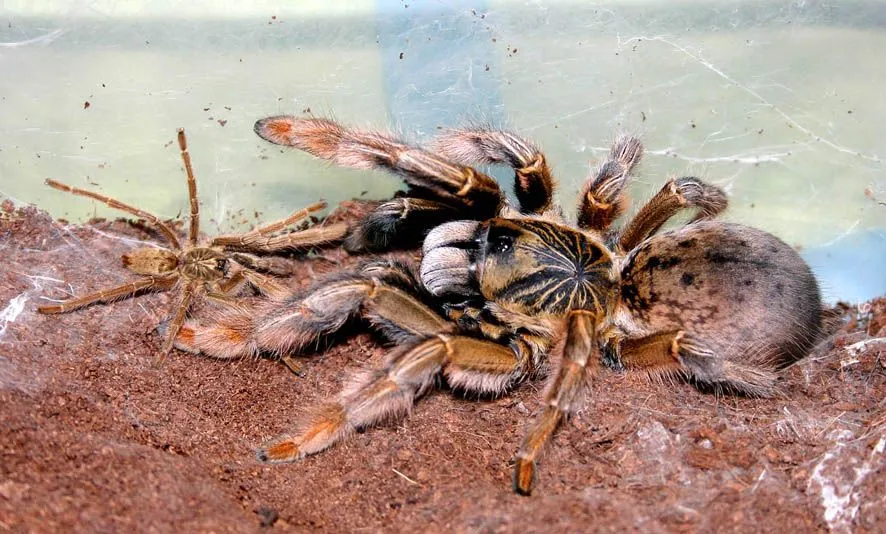
While Junodi tarantulas are not typically aggressive, they can be defensive and may bite if they feel threatened. Handling should be minimized to avoid stressing the spider. If you must handle your tarantula, do so with extreme care and caution. Always prioritize the safety and well-being of both the spider and yourself.
Safe Handling Practices
If you choose to handle your Junodi tarantula, do so over a soft surface, such as a bed or a carpet, to minimize the risk of injury if the spider falls. Handle them slowly and gently, avoiding sudden movements. Avoid placing your hand directly in front of the tarantula, which could be perceived as a threat. Never handle a tarantula immediately after feeding or during molting, as they are more vulnerable at these times. Wash your hands thoroughly before and after handling them.
Understanding Tarantula Behavior
Understanding your Junodi tarantula’s behavior is crucial for responsible care. Observe your spider’s activities to detect any signs of stress or illness. Changes in behavior, such as lethargy, loss of appetite, or unusual movements, may indicate a problem. Be aware that tarantulas can flick urticating hairs from their abdomen as a defense mechanism, so avoid provoking them. Recognize the signs of pre-molt, which include loss of appetite and changes in behavior, such as spending more time in their hide.
Health and Common Issues
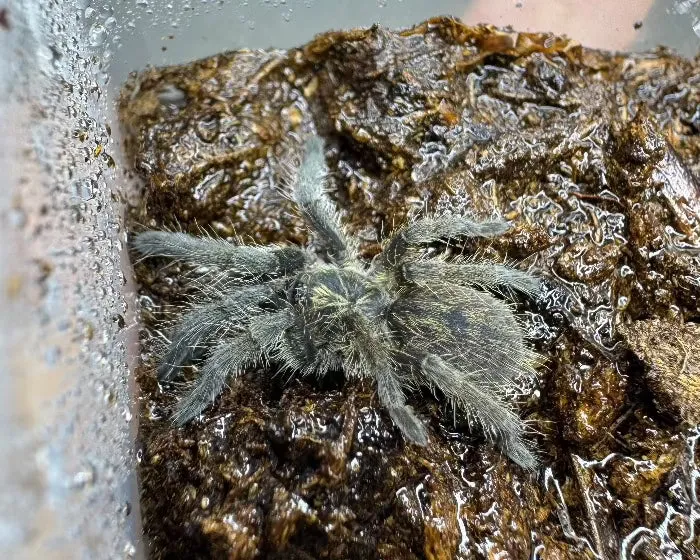
While Junodi tarantulas are generally hardy, they can be susceptible to certain health issues. Regularly monitor your spider for any signs of illness and take swift action if necessary. By recognizing potential problems early and implementing preventative measures, you can ensure your tarantula enjoys a long and healthy life.
Identifying Potential Health Problems
Some common signs of illness include lethargy, loss of appetite, tremors, or unusual behaviors. Check for mites or parasites, which can infest tarantulas and cause health problems. Examine the tarantula’s abdomen for any signs of injury or swelling. If you notice any of these symptoms, consult an experienced tarantula keeper or a veterinarian who specializes in exotic animals. Always quarantine any new tarantulas to prevent the spread of potential diseases.
Preventative Care
Provide a clean and properly maintained enclosure, including regular removal of uneaten food and waste. Ensure appropriate temperature and humidity levels to prevent dehydration or fungal infections. Feed your tarantula a balanced diet and provide a constant supply of fresh water. Avoid handling the tarantula unless absolutely necessary, as this can cause stress. Quarantine new tarantulas and regularly inspect your spider for signs of illness or parasites. Proper preventative care is key to keeping your tarantula healthy.
Breeding Junodi Tarantulas
Breeding Junodi tarantulas is a more advanced aspect of their care, and it is only recommended for experienced keepers. If you are considering breeding, research the process thoroughly and be prepared for the responsibilities involved. Successful breeding requires specific conditions and careful management of both the male and female tarantulas.
Sexing Junodi Tarantulas
Determining the sex of a Junodi tarantula requires careful examination. The most reliable method is to look for the presence of spermathecae (sperm storage organs) in females, which are visible during molting. In males, look for the presence of tibial hooks on their front legs, which are used to hold the female’s fangs during mating. The size of the tarantula can also indicate the sex, as females tend to be larger than males.
Mating and Egg Sacs
Mating Junodi tarantulas can be a delicate process. The male and female should be introduced to each other in a controlled environment, and the keeper should closely monitor their interactions. If the female accepts the male, mating will occur. After mating, the female will typically produce an egg sac containing the eggs. It is important to remove the male after mating to prevent him from being eaten by the female. The egg sac should be carefully monitored, and the spiderlings should be raised in a separate enclosure once they hatch.
Conclusion
Caring for a Junodi tarantula can be a rewarding experience. By following this comprehensive guide, you can provide a safe, enriching, and healthy environment for your spider. From setting up their enclosure to understanding their behavior, you are now equipped to care for your Junodi tarantula. Remember to continue learning and researching, as there is always more to discover about these fascinating creatures. Enjoy the journey of owning a Junodi tarantula and appreciate the beauty and wonder of this unique species. With proper care, your Junodi tarantula will provide you with years of enjoyment.
